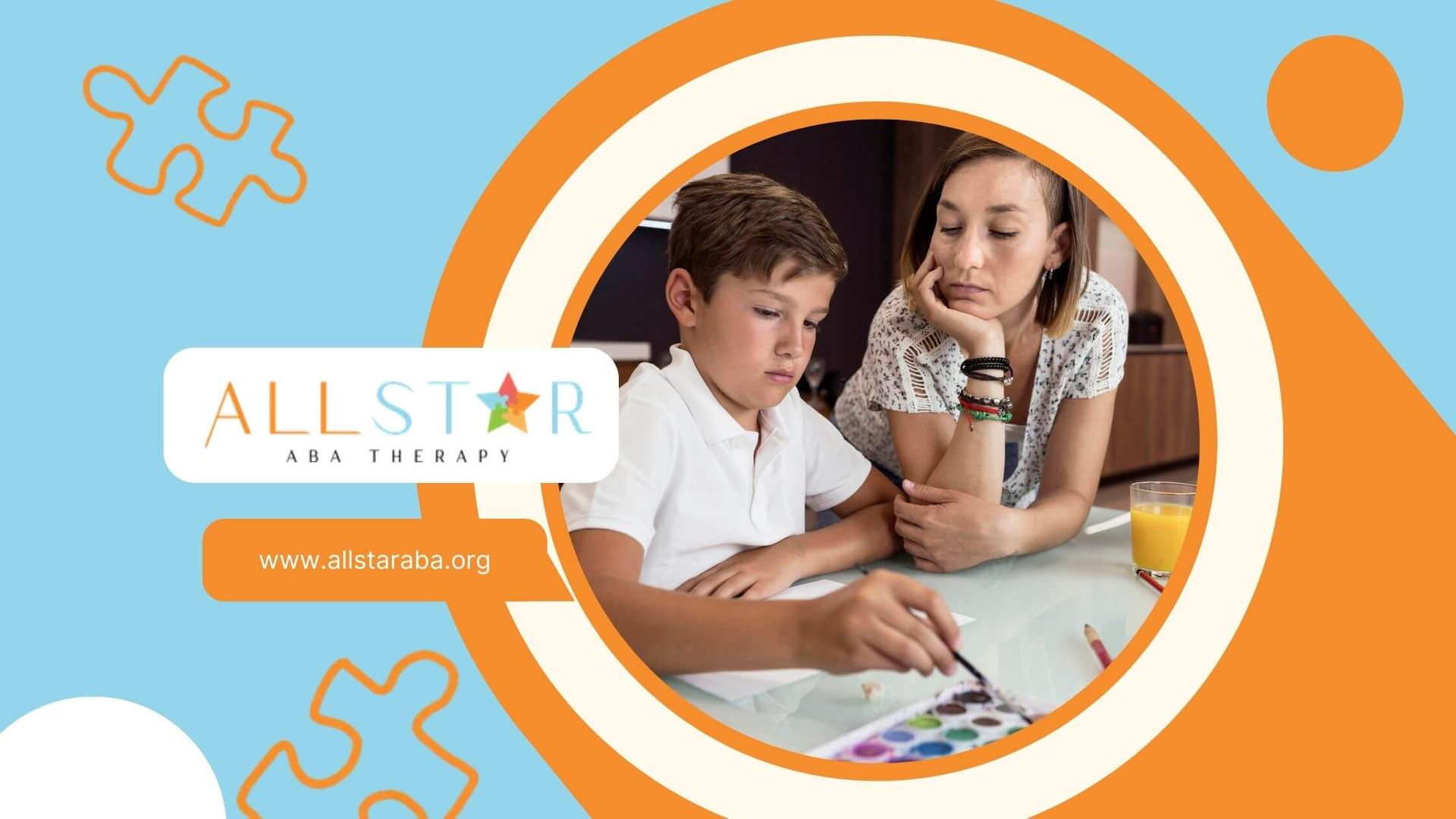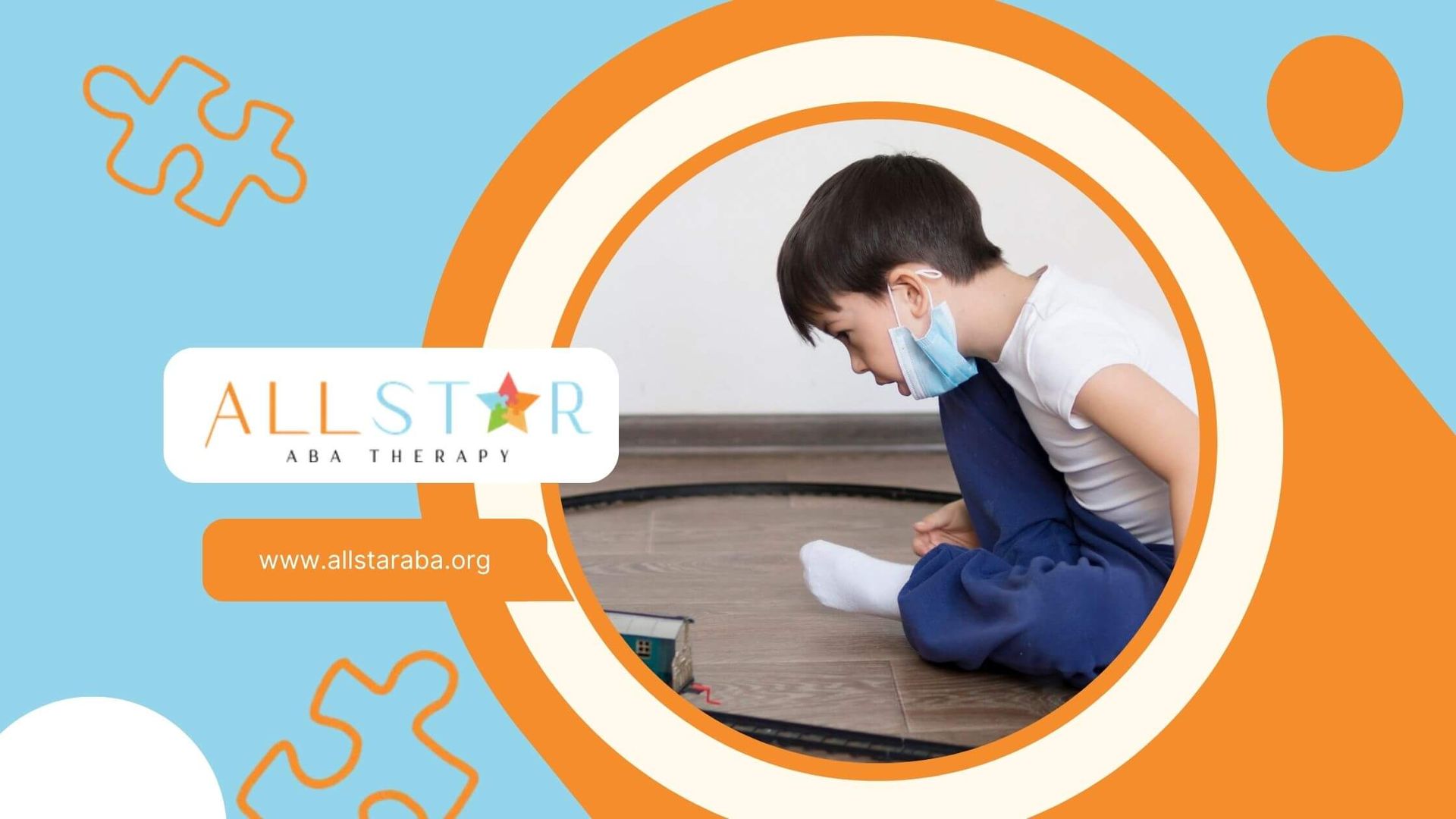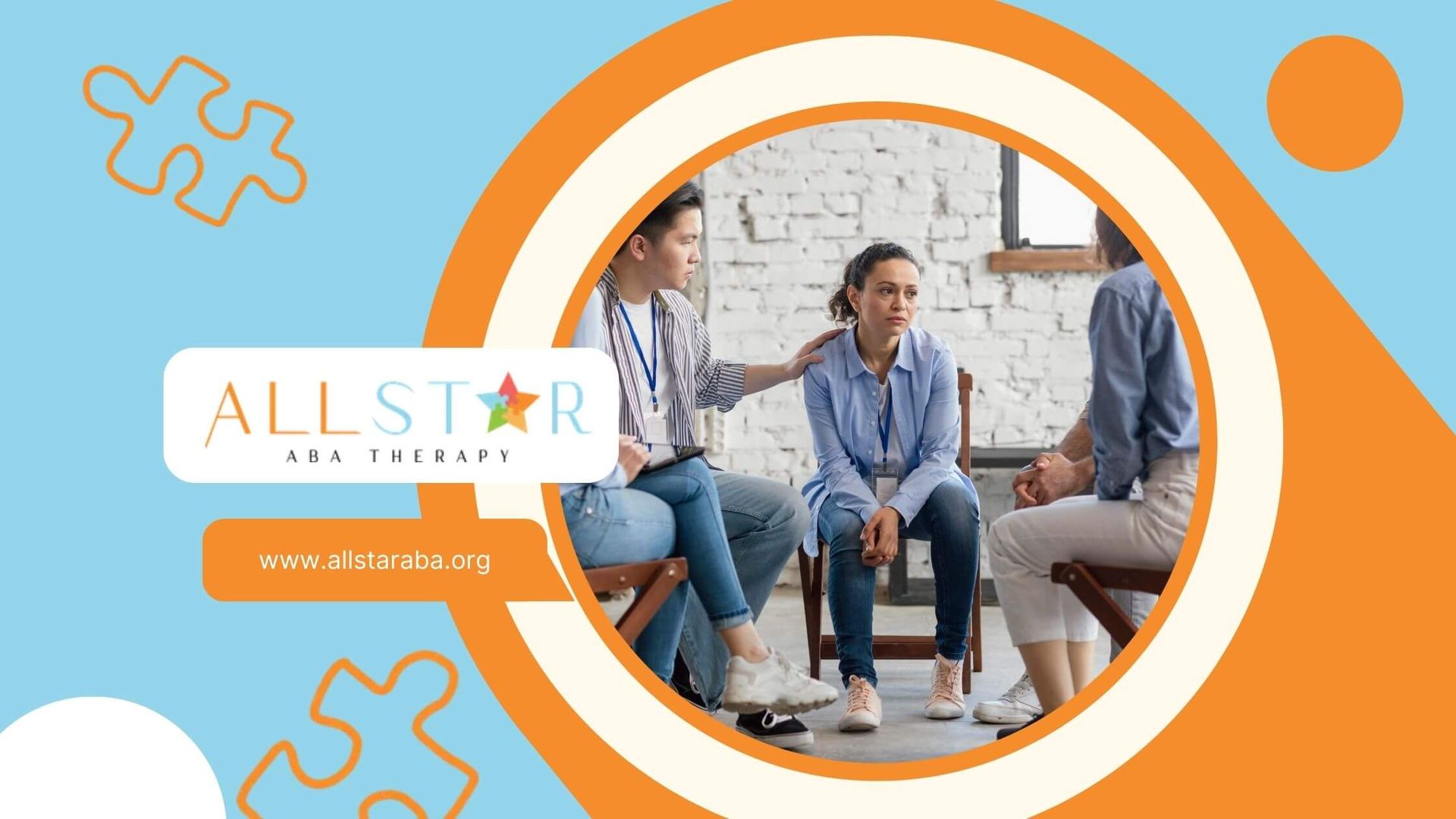New Paragraph
Famous Autistic Figures: Sheldon Cooper's Insightful Portrayal
Sheldon Cooper, a standout character from "The Big Bang Theory" portrayed by Jim Parsons, has been a significant cultural figure in discussions about autism spectrum disorder (ASD). While never officially diagnosed in the show, Sheldon exhibits traits that many associate with autism, making him an unofficial ambassador of the condition in popular media. This blog post explores Sheldon's character, his impact on autism awareness, and the conversation surrounding autism representation in media.
Understanding Sheldon Cooper
Sheldon Cooper is characterized as a brilliant but socially awkward theoretical physicist. His behaviors echo traits often associated with ASD, including:
- Rigid adherence to routines and schedules.
- Social misunderstandings and challenges.
- Intense focus on specific areas of interest.
- Literal thinking and difficulty processing figurative language.
These aspects of Sheldon's character have sparked discussions about autism, particularly regarding how autistic traits are portrayed to the public.
The Significance of Sheldon's Character in Autism Awareness
Sheldon's wide recognition and the popularity of "The Big Bang Theory" have made his character a focal point in the portrayal of autism in mainstream media. This visibility is crucial for several reasons:
1. Raising Awareness
Sheldon's character has introduced a broad audience to behaviors and traits associated with autism, potentially increasing understanding and empathy among viewers who might not be familiar with ASD.
2. Generating Discussion
The depiction of Sheldon has spurred conversations about autism, particularly concerning accuracy and the risk of stereotyping. These discussions are vital as they encourage a more nuanced understanding of autism beyond the confines of a TV show.
3. Influencing Perceptions
For better or worse, Sheldon's character shapes public perceptions of autism. While some may find his portrayal endearing and relatable, others criticize it for reinforcing stereotypes, such as the "eccentric genius" trope often associated with depicted autistic characters.
Media Representation of Autism
The representation of autism in media, such as Sheldon Cooper’s character, plays a significant role in shaping societal understanding of ASD. Here are the pros and cons of such representations:
Pros:
- Visibility and Awareness: Characters like Sheldon can help demystify autism for the general public, making autistic traits more recognizable and understandable.
- Breaking Down Barriers: Positive representation can reduce stigma and foster a culture of inclusion and acceptance.
Cons:
- Stereotyping: Focusing on a narrow set of traits can lead to stereotypes, potentially misleading viewers about the diversity of the autism spectrum.
- Misrepresentation: Inaccurate or exaggerated portrayals can spread misinformation and create unrealistic expectations about what autism entails.
True-to-Life Reflections
It’s essential to complement fictional accounts like Sheldon's with real-world experiences. People with autism offer diverse perspectives that enrich our understanding. Highlighting real stories alongside fictional representations can provide a more balanced view of autism.
Supporting Individuals with Autism
Effective support for individuals with autism involves understanding the broad spectrum of the condition and tailoring approaches to meet diverse needs. Strategies include:
- Educational Initiatives: Teaching the public about autism to foster understanding and support.
- Inclusive Practices: Designing social, educational, and professional environments that accommodate various needs.
- Empowerment and Advocacy: Encouraging self-advocacy and providing platforms for autistic voices to be heard.
Conclusion
Sheldon Cooper’s character from "The Big Bang Theory" has undeniably contributed to the dialogue surrounding autism. Through both humor and complexity, Sheldon has brought attention to the everyday realities and challenges faced by those on the autism spectrum, albeit in a stylized form.
At All Star ABA, we appreciate the importance of both recognizing the contributions of individuals with autism and providing comprehensive support tailored to their needs. Our ABA therapy programs are designed to empower, educate, and assist individuals with autism to reach their full potential. For more information on our services and how we can help, please visit our website or contact us directly.
Need Support?
We're Here to Help!
Our experienced team is ready to assist you. Reach out today to discuss how we can support your child's development and well-being.
Get started with expert ABA therapy today.








